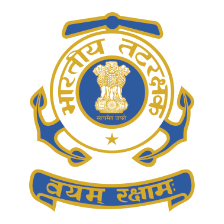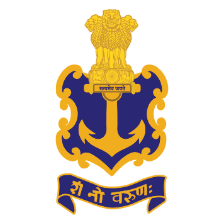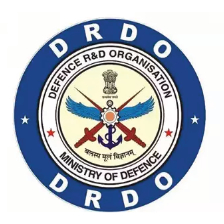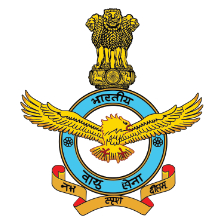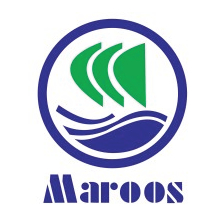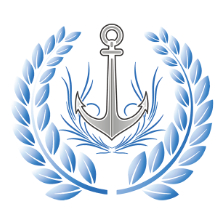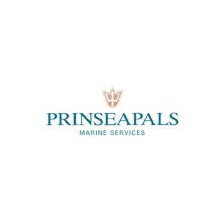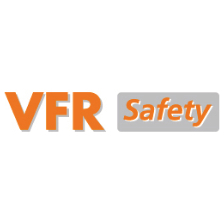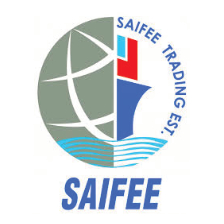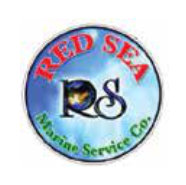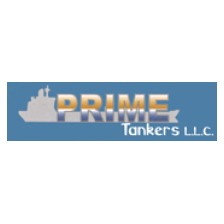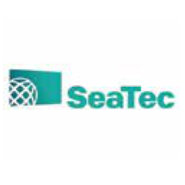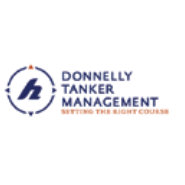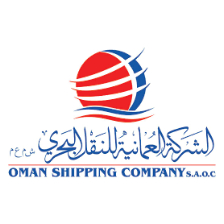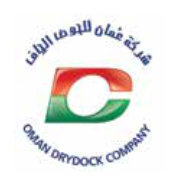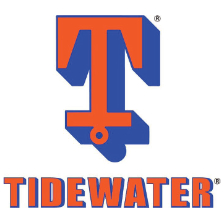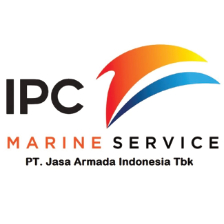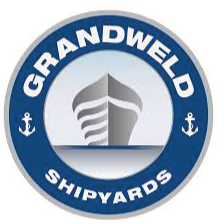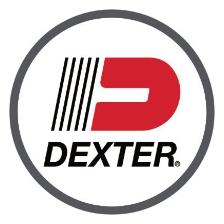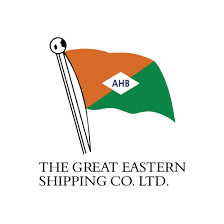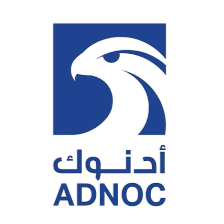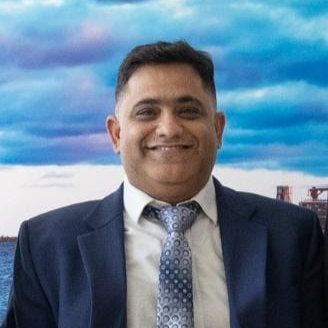A SHIP MANAGEMENT COMPANY YOU CAN TRUST
ARCSHIP is the epitome of excellence in the maritime industry, offering unparalleled marine solutions with a focus on ship safety management, innovative marine products manufacturing and comprehensive fleet management services. With a diverse portfolio spanning Oil/Chemical Tankers, Offshore Vessels, Container Vessels, General Cargo Vessels and now aiming at expanding into bulk carriers, we proudly lead the industry with our expertise.
Our distinguished team of seasoned professionals employs cutting-edge technology and strategic insight to flawlessly manage vessel operations. We specialize in ensuring seamless functionality and executing meticulous dry docking projects. Additionally, our in-house crewing capabilities and exceptional technical expertise set us apart as leaders in our field, enabling us to meet and exceed the unique needs of our esteemed clients.
Committed to excellence and available 24/7, we prioritize client satisfaction above all else. At ARCSHIP, we redefine the standard for professionalism and reliability in the maritime sector.




